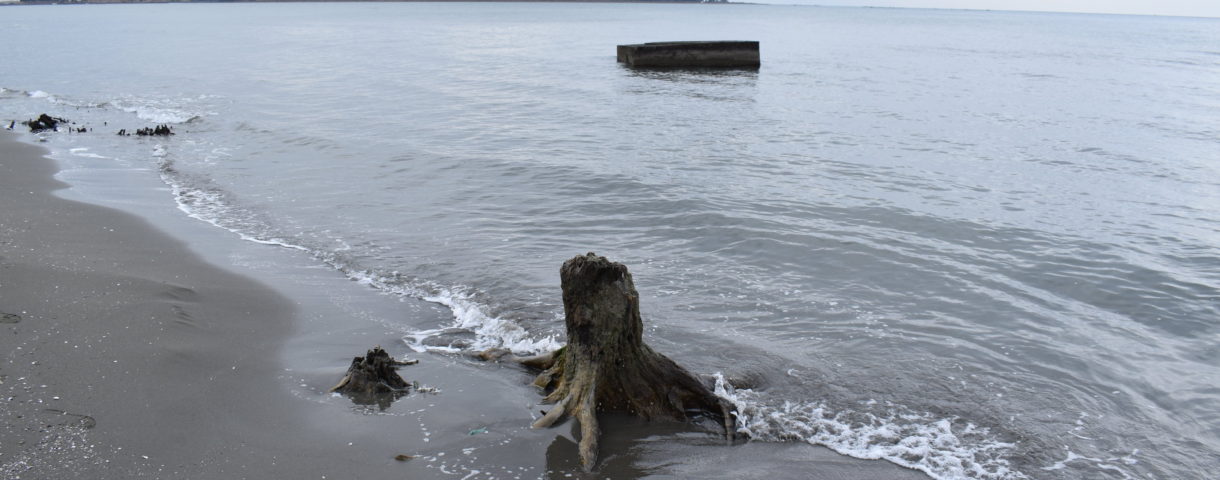Climate change/global warming is the increase of average temperatures in the lower strata of Earth’s atmosphere that leads to climate change.
According to the Intergovernmental Panel on Climate Change (IPCC), the climate change is “a change in the state of the climate that can be identified (e.g. using statistical tests) by changes in the mean and/or the variability of its properties, and that persists for an extended period, typically decades or longer. It refers to any change in climate over time, whether due to natural variability or as a result of human activity.”
According to the United Nations Framework Convention on Climate Change (UNFCCC), “climate change refers to a change of climate that is attributed directly or indirectly to human activity that alters the composition of the global atmosphere and that is in addition to natural climate variability observed over comparable time periods.”
Both IPCC and UNFCCC, two international and intergovernmental bodies, have agreed that global warming is causing the sea level to increase. As a consequence, this has resulted in coastal erosion.
This phenomenon can be observed in several places on the Adriatic coast in Albania with the most visible effects near Shëngjin and Golem beaches.

Figure 1. Golem beach, near Durrës, Albania, May 2008
The two green spots in the sea are, in fact, the tips of two bunkers built by the communist regime during the 1970s. They used to stand several meters away from the seashore after they were built, since bunkers were intentionally built amidst the shore vegetation in order to hide them from the sight of the enemy. As evident from Figure 1, the bunkers are now situated far from the actual shoreline, as the sea has advanced inside the land.

Figure 2. Shëngjin, Albania, August 2008
What used to be a lush forest of pine trees is now only a barren coast full of dead tree trunks because of sea’s advance inside the land. The abandoned bunker in the background is now in the sea—during the 1970s, it was located amidst the pine trees and some meters away from the seashore.

Figure 3. Shëngjin, Albania, August 2008
Pine tree succumbed to the force of the rising sea level. The sea keeps eroding the coast year after year, taking down the trees one after another.

Figure 4. Shëngjin, Albania, August 2008
As the sea advances, the pine trees die from the increase in salinity.

The sea has advanced up to 400 m in the last 25 years.
IEP has planned to implement several projects that aim at presenting the facts about climate change and its solutions to the general public, local and central governments, take actions to adapt to and mitigate the effects of global warming in Albania, and to take measures to reduce as much as possible the impact that Albania can have on global warming.




